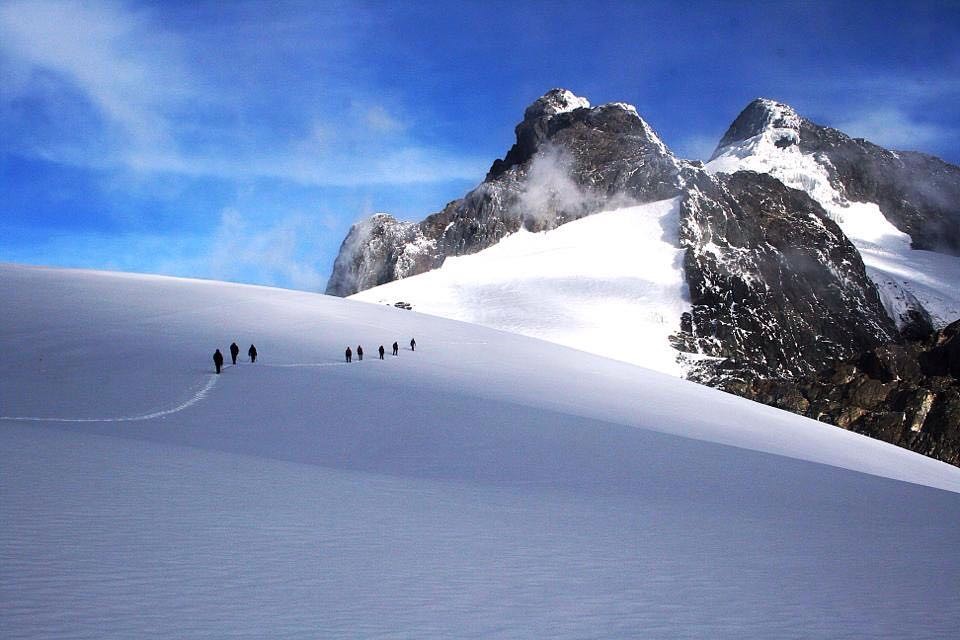Places
Articles
5 Best Ecotourism National Parks to Visit in Africa
Africa is a continent of breathtaking landscapes, rich biodiversity, and diverse ecosystems, making it a prime destination for ecotourism. National parks across the continent offer travellers the opportunity to explore pristine environments while supporting conservation efforts and local communities. Ecotourism in Africa emphasizes responsible...
5
min.

Mighty Kilimanjaro Mountains: The World’s Most Accessible Summit
Mount Kilimanjaro is the highest freestanding mountain in the world. Any reasonably strong and ambitious person is bound to conquer it.
Snow-capped Kilimanjaro, floating above...
9
minutes

Best 5 Mountains to Hike in East Africa
Are you an adventurous traveler who is eager to take part in a mountain climbing experience but still bothered on the best destinations to...
3
minutes
